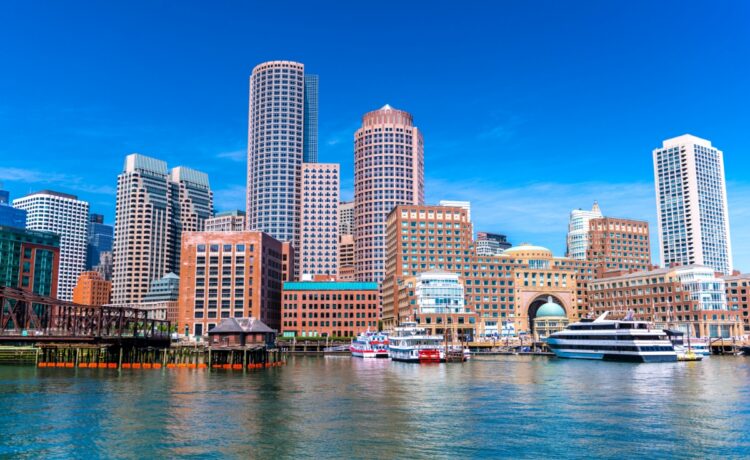Most environmental initiatives ask cities to figure everything out on their own. Every municipality gets to reinvent the wheel, waste money on the same mistakes, and learn lessons someone else already paid for. Harbor Current Foundation Inc. is doing the opposite. The nonprofit’s $10 million plan isn’t just about getting electric vessels on the water in four American cities. It’s about creating a playbook that any harbor anywhere can pick up and follow without starting from zero.
The strategy is straightforward: prove electric harbor transportation works in four completely different environments, document every success and failure along the way, then hand other cities a step-by-step guide so they don’t waste time or resources repeating the process. They’re calling it the Clean Harbor Replication Toolkit, and it’s probably the smartest part of what founder Maria Andrade is building.
Right now, if a coastal city wants to transition its ferries and water taxis from diesel to electric power, there’s no clear roadmap. Harbor authorities have to commission their own feasibility studies, negotiate with manufacturers without knowing what actually works, figure out charging infrastructure requirements, train crews on unfamiliar systems, and convince skeptical city councils that the investment makes sense. It’s expensive, time-consuming, and most smaller harbors don’t have the resources to risk getting it wrong.
Harbor Current Foundation is absorbing that risk for everyone else. The four pilot cities—Miami, Annapolis, Charleston, and Boston—aren’t random choices. Each one represents a different type of challenge. Miami deals with major international port operations and immediate climate pressure from sea-level rise. Annapolis has a historic waterfront with smaller-scale needs where changes can happen faster. Charleston depends heavily on tourism, where water transportation is part of the experience. Boston runs established commuter ferry systems already in place.
If electric vessels can handle all four scenarios successfully, they can work almost anywhere. The foundation isn’t just deploying technology in friendly environments where success is guaranteed. They’re deliberately choosing difficult cases to prove the model holds up under real conditions.
With $2.5 million allocated per harbor, the funding covers everything from vessel acquisition to infrastructure installation to community education programs. But here’s what makes the toolkit concept work: every decision, every problem solved, every lesson learned in these four cities gets documented and packaged for the next harbor considering the transition. The foundation is creating resources so harbors don’t need to commission their own studies or navigate the transition alone.
The economics shift completely once you factor in replication. Harbor Current Foundation’s four-city budget looks substantial at $10 million, but spread that knowledge across America’s 8,000-plus harbors and the per-harbor cost of getting accurate information approaches zero. Cities still have to pay for their own vessels and infrastructure, but they’re not paying to learn what Harbor Current already figured out. The upfront investment proves the concept once, then the replication cost drops dramatically for everyone who follows.
This also changes the credibility equation. When harbor authorities and city councils evaluate the electric transition, they’re weighing documented results from places like Boston and Miami against their own diesel status quo. That’s more convincing than theoretical projections or manufacturer promises, which means adoption timelines accelerate. Without a proven blueprint, harbors face lengthy decision processes trying to determine if electric vessels will work for their specific needs. Operating data from diverse environments shortens that considerably, and faster decisions mean cleaner air reaches waterfront communities sooner.
That matters more than it might sound. According to the EPA, marine vessels account for nearly 30 percent of total port emissions, and the people breathing that diesel exhaust every day are overwhelmingly low-income families living in waterfront neighborhoods. Kids with elevated asthma rates. Adults facing increased cardiovascular disease risks. Communities that have been there for generations and can’t just move away from the pollution. The replication toolkit doesn’t just make electric vessels easier for cities to adopt. It compresses the timeline between now and when those communities get relief. Every harbor that skips years of feasibility studies because Harbor Current already did the work is a harbor where healthier air arrives that much faster.
Andrade’s mission extends well beyond the four U.S. pilot cities. She’s targeting the entire Americas by 2040, which means harbors in San Juan, Cartagena, and Rio de Janeiro eventually get access to the same proven model. The four American cities aren’t the endgame. They’re the proof that makes transformation possible everywhere else. Not through charity or mandates, but by making the better option the easier one to choose.














